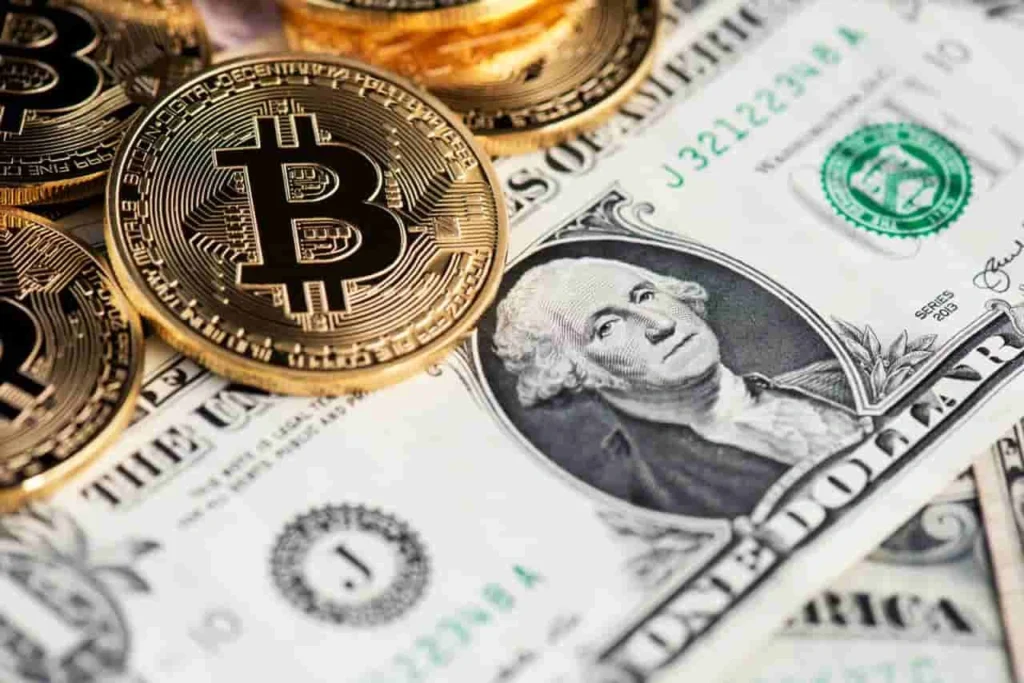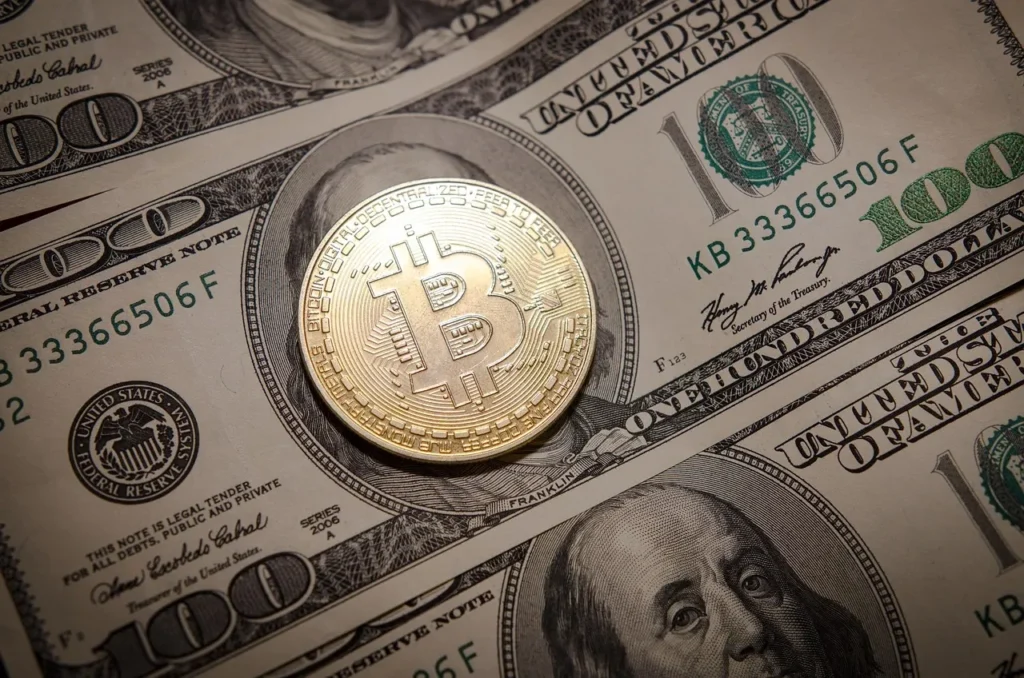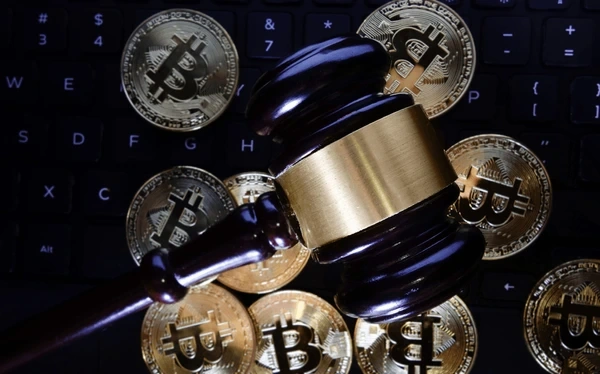When people compare fiat vs crypto, they often focus on tech or value. But step into the legal world, and the contrast deepens. Fiat currency is the legal backbone of modern economies — built into the laws, supported by institutions, and tightly regulated. Crypto? It’s still finding its legal footing, shifting between regulatory definitions, national bans, and uncertain futures.
So, what’s the legal reality when you stack fiat vs crypto side by side? Let’s walk through it.
Fiat vs Crypto: Who Controls What, Legally Speaking?
Let’s start with fiat. It’s issued, regulated, and backed by central banks. In legal terms, fiat is “legal tender,” meaning it must be accepted for debts and transactions within its jurisdiction. Governments set monetary policy, enforce anti-counterfeit measures, and can trace the entire flow of fiat through the banking system. It’s buttoned-up — for better or worse.
Now take crypto. It’s decentralized by nature — no government, no central issuer. And that’s exactly what regulators find tricky. In the fiat vs crypto equation, fiat is easy to label and legislate. Crypto is a legal chameleon: in some contexts it’s considered a commodity, in others a security, and sometimes, just… data. Countries like the U.S. still can’t quite agree on what Bitcoin is, legally speaking.
And this matters — a lot. Because the way crypto is classified determines which rules apply.

Fiat vs Crypto: Anti-Money Laundering & KYC
Here’s where the regulatory rubber hits the road. With fiat, banks are required to follow strict anti-money laundering (AML) and know-your-customer (KYC) rules. Open an account? You show ID. Move a large sum? It gets reported.
Crypto? It’s improving, but let’s be real — it started off as the Wild West. Anonymous wallets, peer-to-peer transfers, and decentralized exchanges made it tough to trace funds. That’s changing, especially in jurisdictions tightening crypto KYC/AML compliance. Still, loopholes exist.
In this fiat vs crypto comparison, fiat has the established track record of financial oversight. Crypto’s getting there — slowly — but unevenly across global markets.


Taxes, Reporting, and Legal Gray Areas
With fiat, your earnings and transactions are well-documented, and the tax rules are clear. You earn, you pay income tax. You sell an asset, you report capital gains.
Crypto throws curveballs. In many countries, it’s taxed as property — not currency. That means every time you spend Bitcoin, technically, you might trigger a capital gain or loss. Yes, even buying coffee.
And reporting? Many users don’t — whether intentionally or just from confusion. Tax authorities are catching up. In the U.S., for example, the IRS now asks about crypto holdings right on the 1040 form. Still, the rules are far from standardized worldwide.
So in the fiat vs crypto tax game, fiat wins on clarity. Crypto, despite more scrutiny, lives in a legal fog — at least for now.


Global Approaches: Ban It, Regulate It, Embrace It?
Some countries have embraced crypto — think El Salvador making Bitcoin legal tender. Others, like China, have cracked down completely. Meanwhile, places like the EU and Singapore are working on frameworks to allow crypto innovation while keeping financial safeguards intact.
In the fiat vs crypto legal landscape, fiat enjoys uniformity. Crypto laws are a patchwork — and constantly changing. If you’re a business, investor, or even a casual user, this regulatory whiplash can be a real headache.
Final Thoughts: Fiat vs Crypto and the Future of Regulation
At the end of the day, fiat vs crypto isn’t just about which is more modern or more trustworthy — it’s also about legal certainty. Fiat operates within a mature, global system of laws. Crypto is still being shaped, challenged, and tested.
That doesn’t mean crypto’s future is doomed. Quite the opposite — we’re watching regulatory frameworks evolve in real time. From MiCA in Europe to the U.S. SEC’s changing stance, the next few years will be pivotal.
But for now, in the regulatory ring, fiat still holds the advantage. Not because it’s better — but because the law knows what to do with it.
Related news: Fiat vs Crypto: 7 Key Differences That Define the Future of Money




